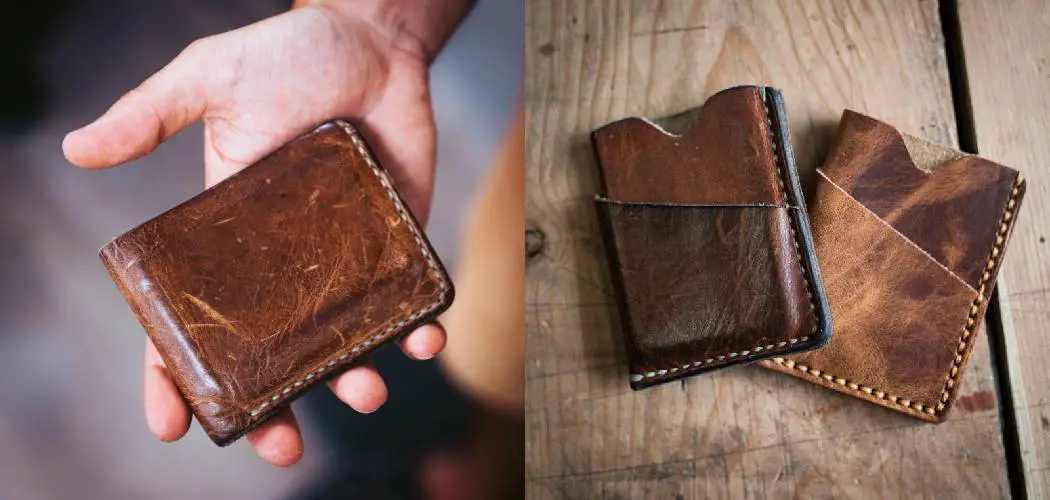Leather is a beautiful and timeless material that can be used to create various items. However, over time, it may start to look faded and dull. Luckily, there are ways to patina leather and give it a new look. This blog post will show you how to patina leather using different methods. Read on for more information!
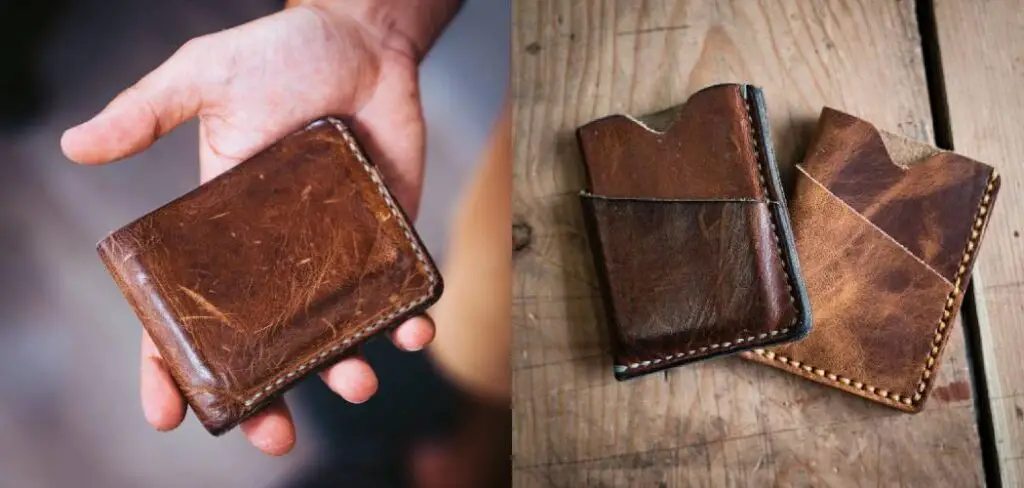
What Causes Leather to Patina?
Several factors cause the patina on leather. The one that has the biggest impact is exposure to sunlight. The ultraviolet rays in sunlight cause the leather to dry out, which makes it more susceptible to staining. Another factor contributing to the patina is the natural oils in your skin.
As you handle leather items, these oils are transferred to the surface of the leather. This can cause the leather to darken over time. Also, contact with water can cause the leather to develop a patina. The other main factor contributing to the patina is the age of the leather.
Older leather tends to develop a more pronounced patina than newer leather. Lastly, the type of leather also plays a role in how it will patina. Leather made from different animal skins will age differently and develop unique patinas.
Why It’s Important to Patina Leather
Patina leather is a beautiful way to add character and depth to your leather goods. It can also help prolong your leather’s life by providing it with a layer of protection. You create a barrier between the leather and the elements when you patina leather.
This will help keep your leather looking its best for many years. Another reason for patina leather is that it can help to hide imperfections. If your leather goods are starting to show signs of wear, a patina can help to camouflage these imperfections and give your leather goods a new lease on life.
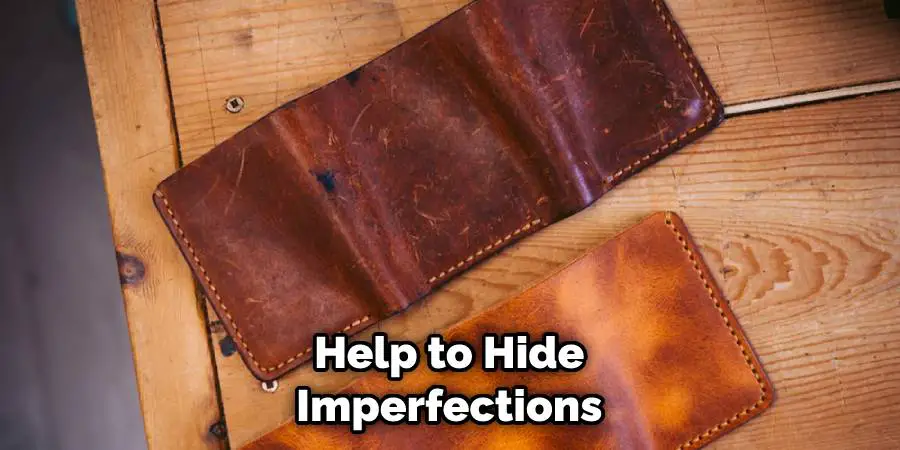
Additionally, patina leather can also give your leather goods a unique look that is unlike any other. No two patinas are alike, so you can be sure that your leather goods will have a one-of-a-kind look.
10 Ways on How to Patina Leather
1. Exposure to Sunlight
One of the easiest ways to patina leather is simply to expose it to sunlight. However, the UV rays in sunlight will cause the leather to dry out and start to develop a patina. This method is best for leather that is going to be used outdoors, such as in furniture or car upholstery.
First, clean the leather with a mild soap and water solution. Then, allow it to air dry in a sunny spot. The longer you expose the leather to sunlight, the more pronounced the patina will become.
2. Oils from Your Skin
Another easy way to patina leather is using natural skin oils. As you handle leather goods, these oils are transferred to the surface of the leather. Over time, this can cause the leather to darken and develop a patina. This method is best for leather that is going to be used frequently, such as in a wallet or a purse.
Using this method to patina leather, clean the leather with a damp cloth to remove any dirt or debris. Then, rub the leather with your hands to transfer the oils from your skin. Allow the leather to dry, and repeat as necessary. If you want to speed up the process, you can also use an old t-shirt or a cotton ball to apply the oils to the leather.
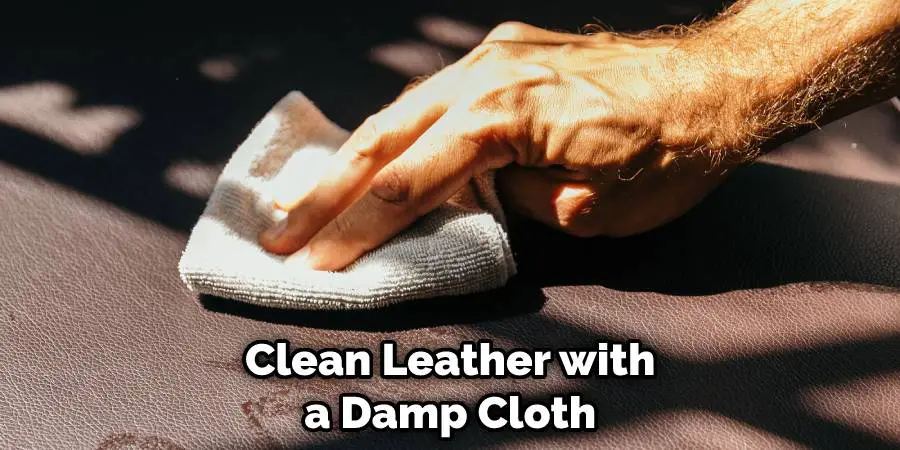
3. Water Spots
Another common way to patina leather is by creating water spots. This method is best for leather that is going to be used outdoors, as the water spots will add to the natural weathering process. To create water spots, start by dampening a clean cloth with water. Then, gently rub the damp cloth over the leather in a circular motion.
The water will start to create spots on the leather’s surface. Once you’re happy with the number of water spots, allow the leather to air dry. The water spots will create a unique patina that is perfect for rustic or antique-style leather goods. If you want a more evenly distributed patina, you can follow up with a light coat of oil.
4. Use Chemical Patinas
If you want to create a more pronounced patina, you can use chemical patinas. This method is more involved but will create a more dramatic effect. To create a chemical patina, you will need to purchase a patina kit from a leather supply store. The two-party system is the most common type of chemical patina, which includes a base color and a topcoat.
First, clean the leather with mild soap and water to apply the patina. Next, apply the base color to the leather with a sponge or a brush. Allow the base color to dry completely before applying the topcoat. Once the topcoat is dry, you can buff the leather to create a shiny finish.
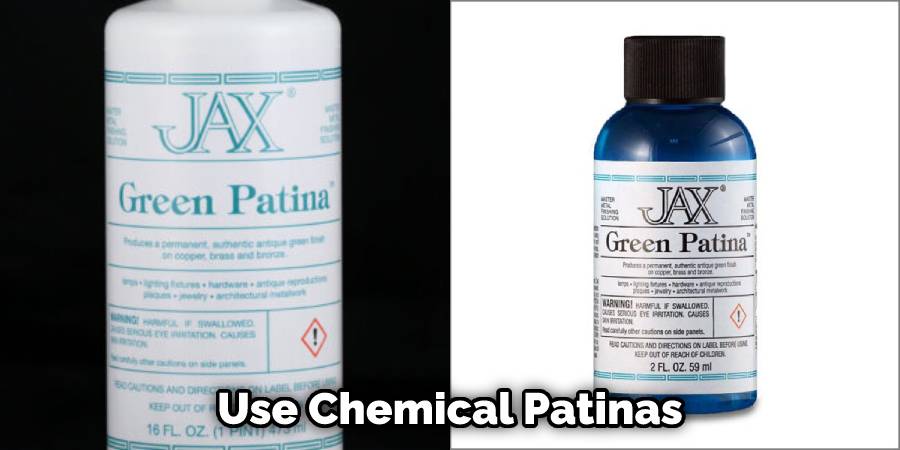
5. Use Heat
Another way to create a patina is by using heat. This method is best for leather that is going to be used frequently, as the heat will cause the leather to become softer and more pliable. Using this method, clean the leather with a mild soap and water solution to patina leather.
Then, use a hairdryer to heat the leather until it is soft to the touch. Be careful not to overheat the leather, as this can cause it to become damaged. Once the leather is heated, you can use your hands to mold it into the desired shape. Allow the leather to cool and harden before using it.
6. Use a Flame
If you want a more pronounced patina, you can use a flame to create it. This method is great for creating a vintage look. Be careful when using fire, and always have a fire extinguisher. Start by heating up the leather with the flame. Move the flame around so that it evenly heats the surface of the leather.
You want to avoid burning the leather, so don’t hold the flame in one spot for too long. Once the leather is heated, start working the flames over the surface. You can create different patterns by moving the flame around in different ways. Be creative and have fun with it!
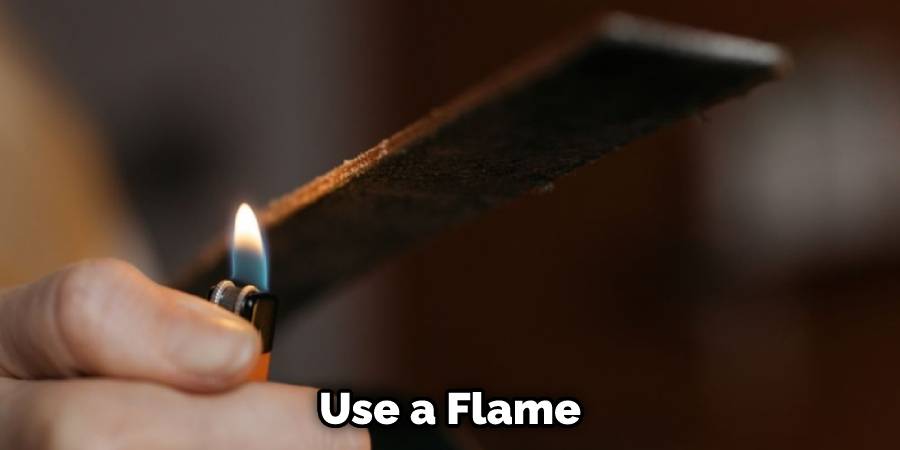
7. Use Ink
If you want to create a unique patina, you can use ink. This method is great for creating a one-of-a-kind look. To patina leather using this method, start by applying a light coat of petroleum jelly to the leather.
This will help the ink to adhere to the surface of the leather. Next, use a clean cloth to apply the ink to the leather. You can create different patterns by using different colors of ink. Allow the ink to dry completely before using the leather.
8. Soak in Coffee or Tea
If you want to create a dark patina, you can soak the leather in coffee or tea. This method is best for darker-colored leathers. To patina leather using this method, start by brewing a pot of coffee or tea.
Then, place the leather in the liquid and allow it to soak for several hours. The longer you soak the leather, the darker the patina will be. Once the leather is the desired color, please remove it from the liquid and allow it to air dry.
9. Brush with Steel Wool
You can brush the leather with steel wool to create a rustic patina. This method is best for darker-colored leathers. To patina leather using this method, start by cleaning the leather with a mild soap and water solution. Then, use a clean cloth to apply a light coat of petroleum jelly to the surface of the leather.
This will help to prevent the steel wool from damaging the leather. Next, use a piece of steel wool to rub the surface of the leather. The longer you rub, the darker the patina will be. Once the desired color is achieved, remove the steel wool and allow the leather to air dry.
10. Hire a Professional
If you want to create a professional-looking patina, you can hire a professional to do it for you. This is the best option if you don’t feel comfortable working with chemicals or fire. A professional will be able to create a variety of different looks, depending on your preferences. Try searching for “leather patina” or “leather finishing” in your area.
You Can Also Visit To How to Put Leather on Welding Hood
Frequently Asked Questions
How Can I Speed Up Patina?
The best way to speed up patina may vary depending on the type of object, and the conditions in which it will be used. However, some tips that may help include using a variety of cleaning agents and polishes, avoiding contact with water and other liquids, and keeping the item in a dry place.
Which Leather Patinas the Best?
The best leather patinas can be achieved through a variety of methods, including dry brushing, wetting and beating the leather with a stiff brush, and applying varnish directly to the surface. It is important to choose the right leather patina for the task at hand, as the same patina may look different on different types of leathers. For example, a light patina may look good on suede but may not be appropriate for use on formal leathers. Ultimately, it is up to the artist to decide which leather patinas are appropriate for each project.
Does Leather Conditioner Help Patina?
Leather conditioner can help to patina, but it is not a guaranteed solution. Patina is the natural discoloration of leather that occurs as a result of exposure to sunlight and other elements. Patina can be beneficial because it adds character and personality to the leather, making it more unique and beautiful. However, excessive patina can also be unsightly and damage the leather over time. For this reason, it is important to use a leather conditioner sparingly and only if you are specifically looking to achieve a patina effect. Additionally, do not apply the conditioner while the leather is wet – this will cause the conditioner to penetrate the skin and cause further damage.
Does PU Leather Patina?
Different PU leathers will patina differently. Some examples of materials that may patina include: suede, nubuck, crocodile, and calfskin. It is ultimately up to the individual material to decide if it will darken and change color over time, but in general, PU leathers are known to darken with use and exposure to moisture and acid.
Conclusion
So there you have it! Now you know how to patina leather. Follow these tips, and you’ll be able to create various looks. So be creative and have fun with it! We hope you enjoyed this tutorial. If you have any questions or comments, please feel free to leave them below. Thanks for reading!

